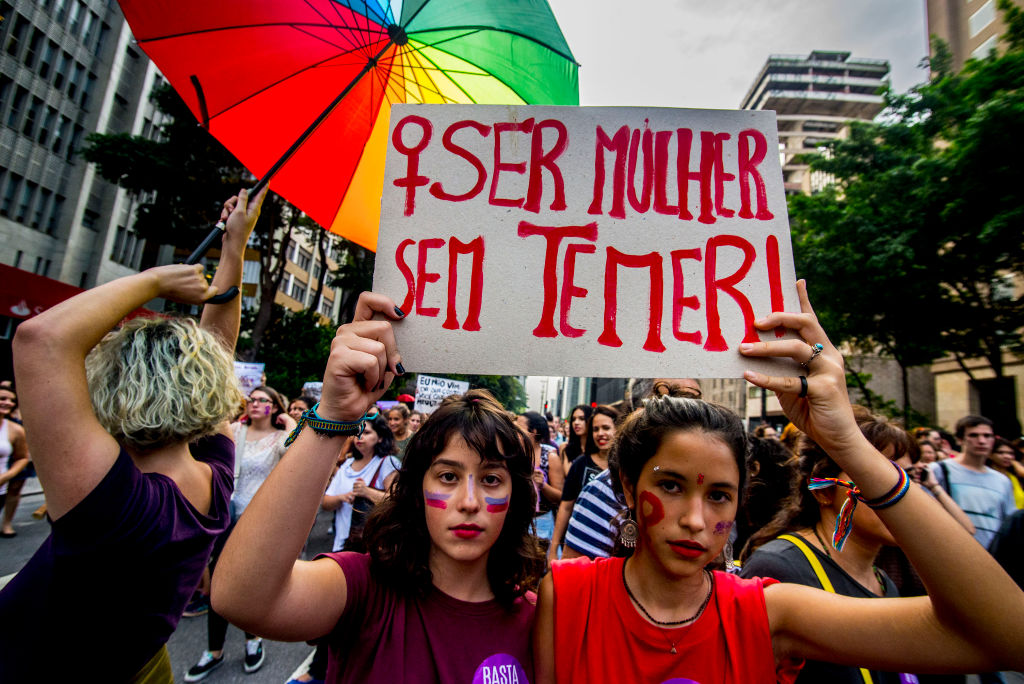The Effects of Skin Color in the Americas
The Effects of Skin Color in the Americas
An Americas Quarterly web exclusive explores "pigmentocracy" research, which correlates skin color with educational attainment in Latin America.
Throughout Latin America, countries have long sought to claim immunity from the racial and ethnic divisions that plague the rest of the world. But that is changing as several countries—including Bolivia, Colombia, Mexico, Paraguay, and Peru—have begun to recognize the diverse nature of their societies and constitutionally declare themselves as multicultural.
Most national censuses in Latin America, for example, now ask questions about whether respondents self-identify as Indigenous or Afro-descendant. A handful of countries, such as Brazil and Colombia, have gone as far as instituting race-based affirmative action programs, while Bolivia, in 2005, elected President Evo Morales who asserts his Indigenous (Aymara) identity. These changes have been largely in response to growing regional Afro-Latino and Indigenous social movements.
Race and ethnicity-based social and economic inequalities are also beginning to be recognized. As early as 1944, Alejandro Lipschutz, a Chilean anthropologist, coined the idea of Latin America as a “pigmentocracy”—where the region’s social hierarchies are ethnic or color-based. However, that idea was largely ignored until recently, when research using new census data on racial identification began to document racial inequalities. These studies generally show that Afro-descendant and Indigenous people occupy the lowest rungs on the income, educational and occupational ladders across Latin America.
However, racial identification in Latin America—where the categories themselves are often situational, context-dependent and have fuzzy boundaries—is often more ambiguous and fluid than in the United States. Therefore, persons with the same color and physical appearance might choose to identify in distinct ethno-racial categories. Identifying along ethno-racial lines can also hide considerable physical variation. Another challenge is that varieties in skin tone among those who identify in the same ethno-racial category may lead to different socioeconomic opportunities and overall life outcomes. This means that ethno-racial identification may be inadequate for measuring the effects of race.
That is why actual skin color is used as a unit of measurement in a new study published by Vanderbilt University’s Latin American Public Opinion Project (LAPOP), “Pigmentocracy in the Americas: How is Educational Attainment Related to Skin Color?”. To measure skin color, interviewers rated the facial skin color of each respondent according to colors on a skin color palette, which interviewers had but which they did not show to the respondent. Graphically speaking, the lightest persons are near 1 and the darkest near 11.
Click here to read the full article at AmericasQuarterly.org.
Edward Telles is a professor of sociology at Princeton University. Liza Steele is a PhD candidate at the department of sociology of Princeton University.







